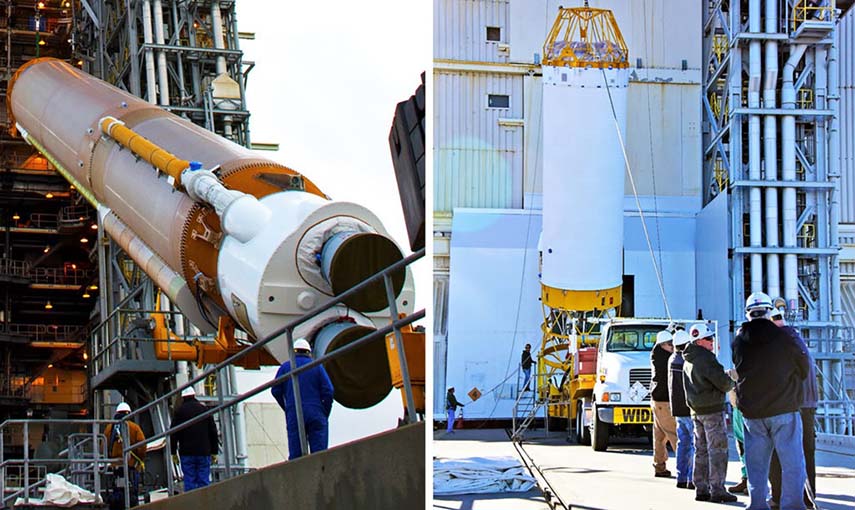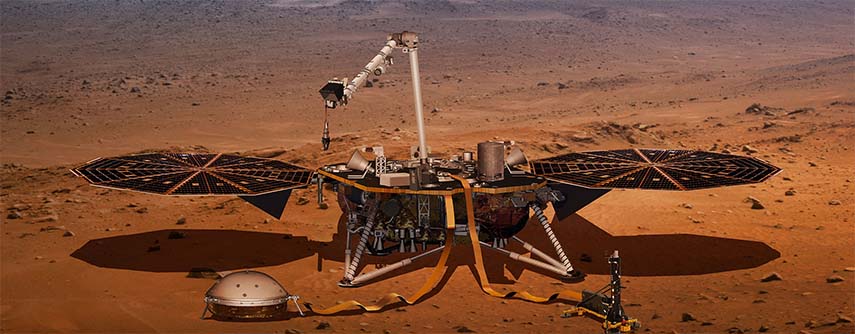This week (5 May), NASA will launch its InSight spacecraft on a flight to Mars.
InSight will be the first mission to peer deep beneath the Martian surface, studying the planet’s interior by measuring its heat output and listening for marsquakes, which are seismic events similar to earthquakes on Earth.
It will use the seismic waves generated by marsquakes to develop a map of the planet’s deep interior.
The resulting insight into Mars’ formation will help us better understand how other rocky planets, including Earth, were and are created.
The resulting insight into Mars’ formation will provide a better understanding of how other rocky planets, including Earth, were created.
Launch week is underway at Vandenberg Air Force Base in California, where InSight will be launched on a United Launch Alliance Atlas V rocket on Saturday.
Launching on the same rocket is a separate NASA technology experiment known as Mars Cube One (MarCO).
MarCO consists of two mini-spacecraft and will be the first test of CubeSat technology in deep space. They are designed to test new communications and navigation capabilities for future missions and may aid InSight communications.
Pictured: Illustration of NASA’s Interior Exploration using Seismic Investigations, Geodesy and Heat Transport (InSight)
Credit: NASA

The Atlas booster (credit: NASA/Randy Beaudoin) and Centaur life (credit: USAF 30th Space Wing/Arron Taubman)

